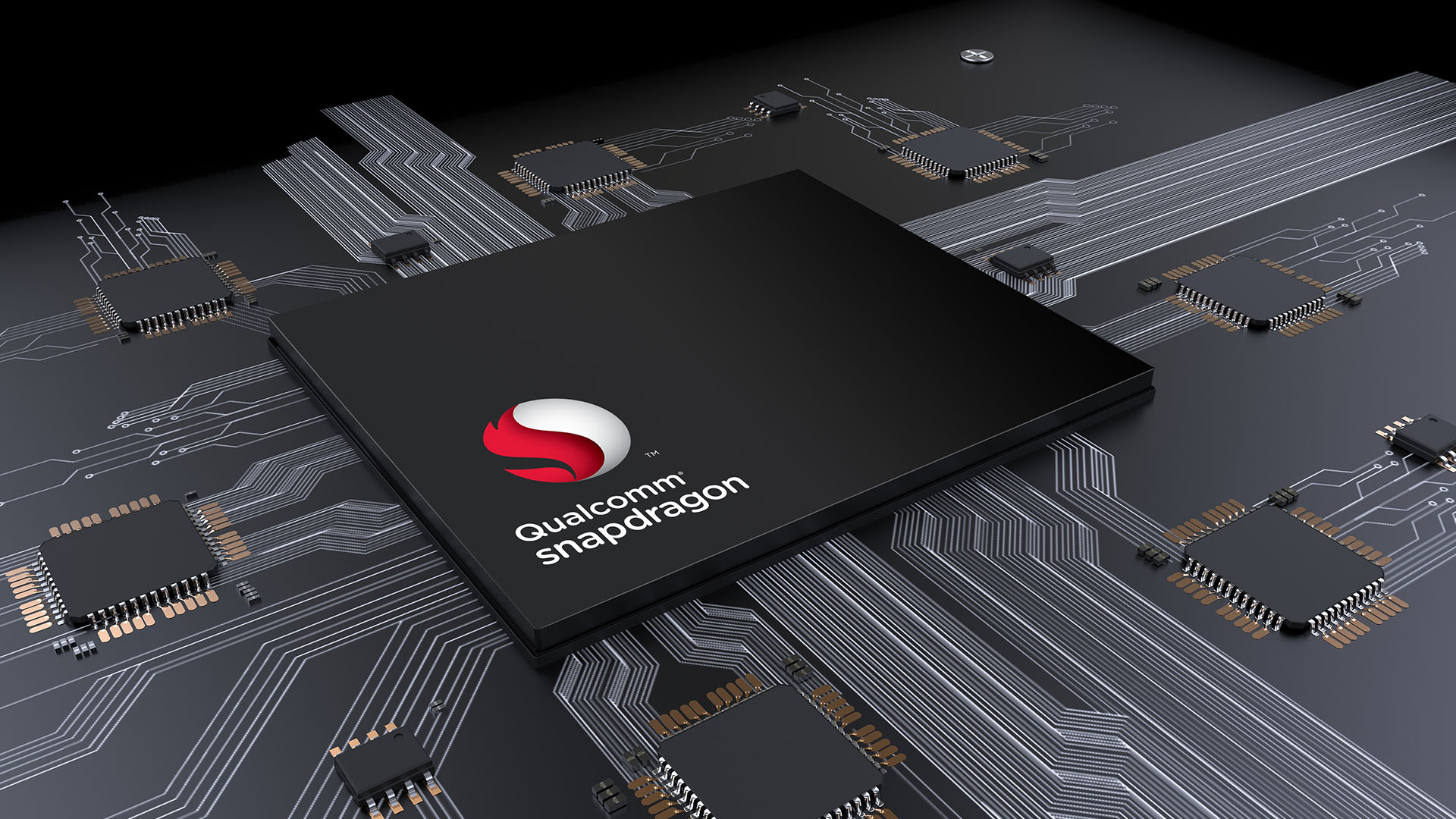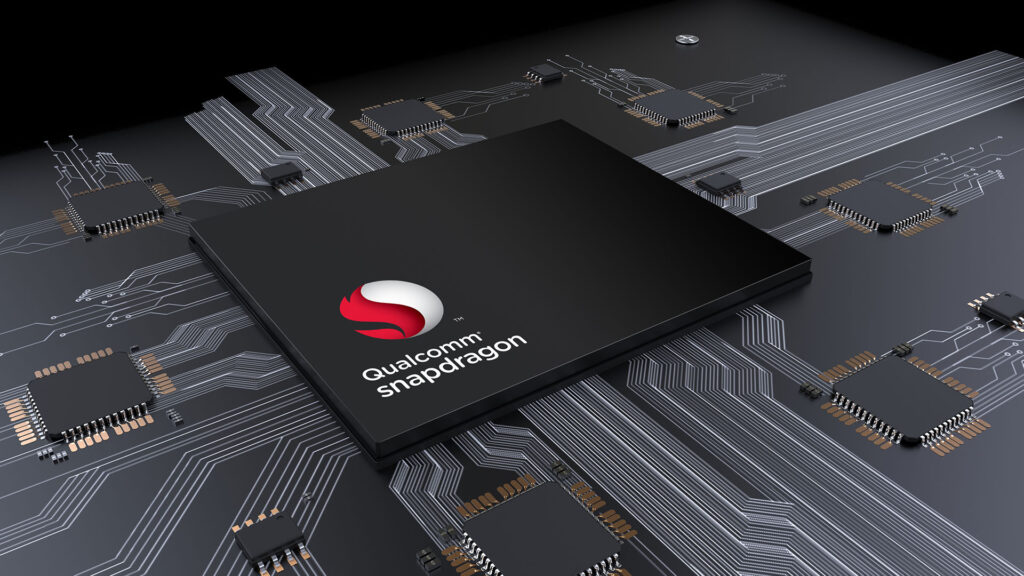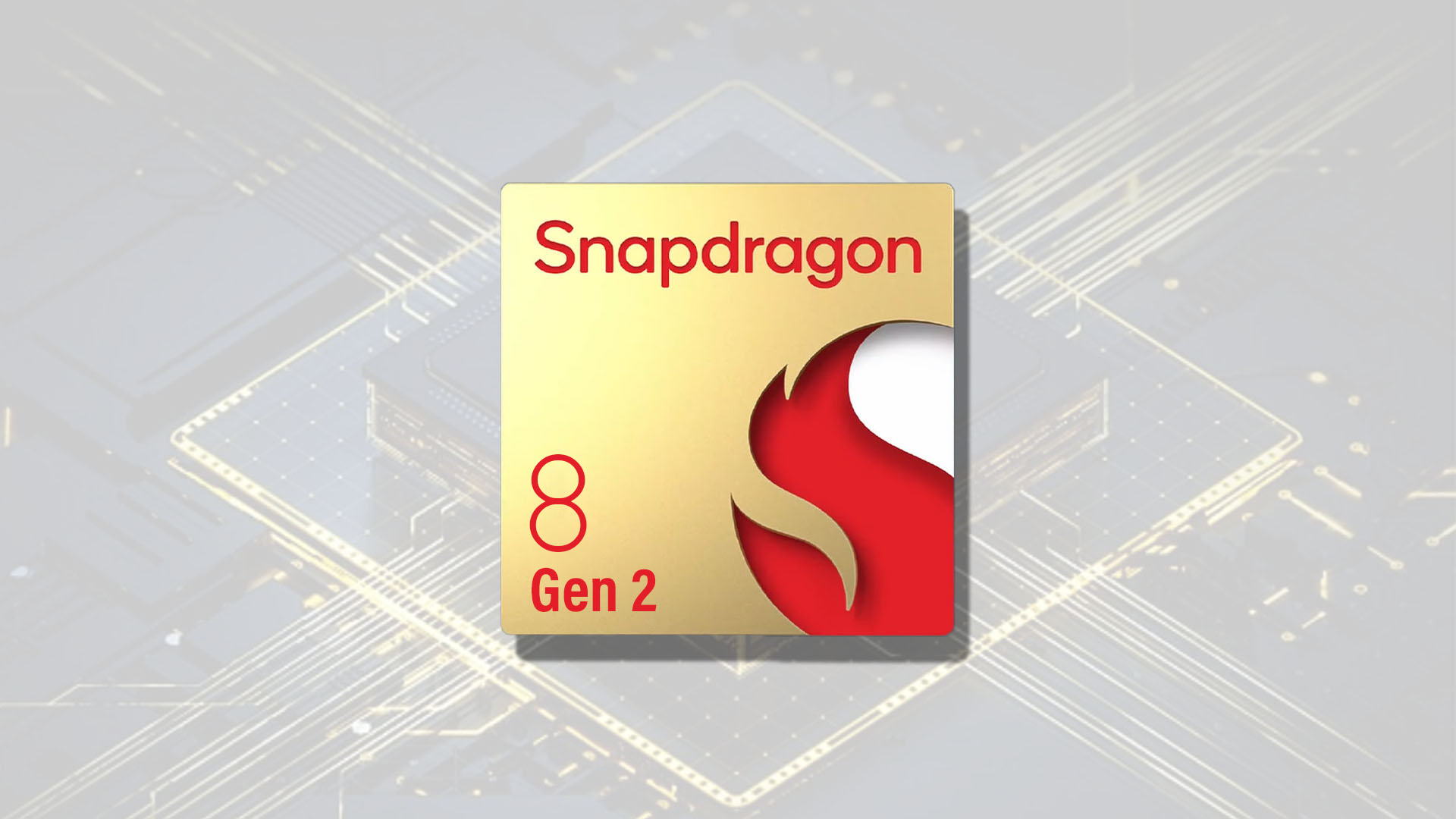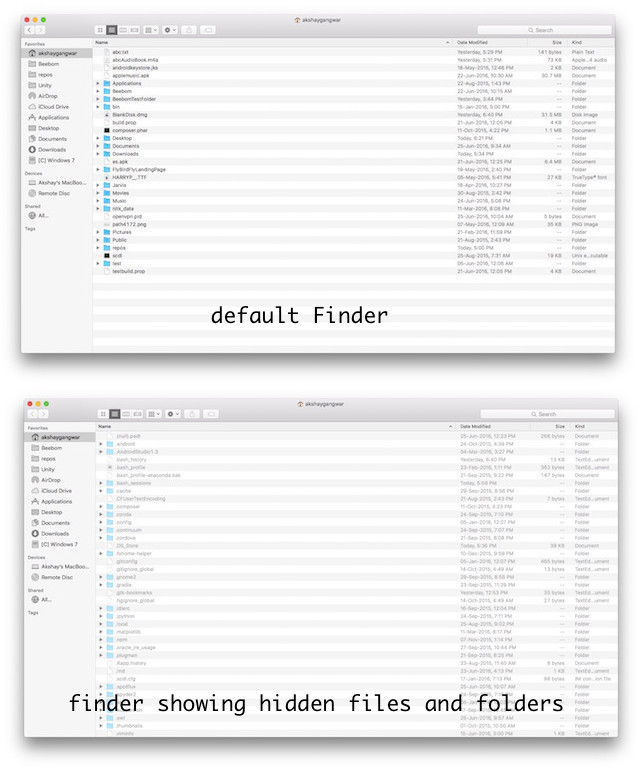
Snapdragon 8 Gen 1 vs A15 Bionic vs Exynos 2100 Comparison (2021)
Comparing Snapdragon 8 Gen 1, Apple A15 Bionic, and Samsung Exynos 2100 comprehensively. Discussion includes CPU performance, benchmark numbers, GPU and AI details, and more. Expand the table below for specific sections.
Snapdragon 8 Gen 1 vs A15 Bionic vs Exynos 2100: Specifications
| Snapdragon 8 Gen 1 | A15 Bionic | Exynos 2100 | |
|---|---|---|---|
| CPU | Kryo CPU, Octa-core | Hexa-core | Octa-core |
| CPU Cores | 1x 3.0GHz (Cortex-X2) 3x 2.5GHz (Cortex A710) 4x 1.8GHz (Cortex A510) |
2x 3.2 Avalanche (High-performance) 4x 1.82 Blizzard (Energy-efficient) |
1x 2.9GHz (Cortex-X1) 3x 2.8GHz (Cortex-A78) 4x 2.2GHz (Cortex-A55) |
| Process Technology | 4nm | 5nm | 5nm |
| GPU | Adreno GPU; Snapdragon Elite Gaming | Apple-designed five-core GPU | Mali-G78 (14-core) |
| Machine Learning and AI | 7th-gen AI Engine; 3rd Gen Sensing Hub; 27TOPS | 16-core Neural Engine; 15.8 TOPS | AI Engine with Triple-core NPU and DSP; 26 TOPS |
| ISP | 18-Bit ISP; Snapdragon Sight | Apple-designed New Image Signal Processor | Samsung-designed ISP |
| Camera Capability | 3.2 Gigapixels per second, 240 12MP photos in one second | N/A | Up to 200MP Single-camera, 32MP+32MP Dual-camera |
| Video Capability | 8K HDR, 18-bit RAW, Dedicated Bokeh Engine | 4K HDR Dolby Vision @ 60FPS | 8K @ 30 FPS 4K @ 60FPS |
| Modem | Snapdragon X65 5G Modem-RF Up to 10 Gbps Peak Download |
Snapdragon X60 5G Modem 7.5 Gbps Peak Download 3 Gbps Peak Upload |
Integrated 5G Modem 7.3 Gbps Peak Download 3.6 Gbps Peak Upload |
| WiFi Support | Wi-Fi 6 and Wi-Fi 6E | Wi-Fi 6-ready | Wi-Fi 6E-ready |
| Bluetooth | Bluetooth 5.2, LE | Bluetooth 5.0 | Bluetooth 5.2 |
CPU Battle: Snapdragon 8 Gen 1 vs A15 Bionic vs Exynos 2100
Let’s dive into the specifications. The Snapdragon 8 Gen 1 is developed on Samsung’s 4nm process node and features a new Armv9 architecture. It utilizes ARM’s potent Cortex-X2 core clocked at 3.0GHz, accompanied by three A710 cores at 2.5GHz for balanced tasks, and four redesigned A510 cores at 1.8GHz for low-powered tasks. Qualcomm sticks to the familiar octa-core design (1+3+4), making no significant departures besides introducing new cores.
Regarding Apple’s A15 Bionic, it features six cores: two high-performing cores clocked at 3.2GHz and four energy-efficient cores at 1.82GHz. The A15 Bionic utilizes TSMC’s 5nm process, one generation behind Samsung’s 4nm process used in the Snapdragon 8 Gen 1. Reports suggest that the next A-series chip will adopt 3nm technology, positioning Apple ahead of Qualcomm and Samsung once more.
Finally, the Samsung Exynos 2100 shares the octa-core design of the Snapdragon chip. However, being a year-old chipset, it employs older ARM cores and a 5nm fabrication process. The Exynos 2100 features the Cortex-X1 core at 2.9GHz, three A78 cores at 2.8GHz, and four A55 cores at 2.2GHz. When Samsung reveals its next-gen Exynos 2200 chip soon, we’ll have a more direct comparison with Apple’s A15 Bionic. Nonetheless, presently, the Exynos 2100 lags a generation behind the Snapdragon 8 Gen 1.
Snapdragon 8 Gen 1 vs A15 Bionic vs Exynos 2100: Benchmark Comparison
Currently, official benchmark numbers for the Snapdragon 8 Gen 1 chipset are unavailable. However, we’ve attempted to compute the score using figures provided by Qualcomm. The company states that the single-core Cortex-X2 is 16% more powerful and collectively 20% faster than its predecessor. Graphically, this translates as follows:
Clearly, the heavy-duty Cortex-X2 core lags behind A15 Bionic’s high-performance core. However, in multi-threaded tasks, Qualcomm has narrowed the gap against Apple, though it still has progress to make. Lastly, the Exynos 2100 falls significantly behind Snapdragon 8 Gen 1 and A15 Bionic, but anticipation for Exynos 2200’s release is high, as it may bring much-needed performance improvements.
Snapdragon 8 Gen 1 vs A15 Bionic vs Exynos 2100: GPU
Qualcomm reports a 30% improvement in its Adreno GPU for the Snapdragon 8 Gen 1, avoiding direct comparisons to Apple or other rivals. Apple claimed during the iPhone event that the A15 Bionic’s 5-core GPU (4-core on non-Pro iPhone 13 models) is 50% faster than competitors. Despite Qualcomm’s enhancements, it still falls short of Apple’s GPU performance.
Non-Pro iPhone 13 models feature a 4-core GPU.
The iPhone 13 Pro’s 5-core GPU reached 70 frames per second in the 3DMark Wild Life Unlimited test, while last year’s Snapdragon 888 managed only 34FPS. Despite a 30% boost, its successor may reach 45FPS but still lags behind the A15 Bionic’s GPU. Additionally, the 4-core GPU on non-Pro iPhone 13 models scored around 56FPS.
Qualcomm introduces several new gaming features with the Snapdragon 8 Gen 1, including Snapdragon Elite Gaming, a dedicated Frame Motion Engine, HDR gaming, Volumetric Rendering, and more. It has partnered with Unity and Unreal Engine to optimize gaming experiences on Snapdragon 8 Gen 1 smartphones.
Regarding Exynos 2100, the 14-core Mali-G78 GPU pales in comparison to A15 Bionic or Snapdragon 8 Gen 1’s GPU. However, last year’s Mali GPU isn’t sluggish. The 20-core Mali-G78 GPU on Google Tensor proves its might, scoring around 40FPS in the same 3DMark test.
Furthermore, the upgraded Mali-G710 GPU slated for the Dimensity 9000 could rival Snapdragon 8 Gen 1 and A15 Bionic. Anticipation surrounds the Exynos 2200, rumored to feature AMD’s RDNA2-powered 6-core GPU, potentially offering a 30% performance boost to Samsung’s chipset.
Comparing Snapdragon 8 Gen 1, A15 Bionic, and Exynos 2100: ISP
Regarding ISP, all three processors are capable. The Snapdragon 8 Gen 1 features a new 18-bit ISP capturing 3.2 Gigapixels per second, capable of shooting 8K HDR videos and 64MP images. Additionally, the ISP includes a dedicated engine for video bokeh generation, potentially enhancing upcoming flagship phones. This advancement enables Android phones to rival Apple’s Cinematic mode. Furthermore, Qualcomm introduces 18-bit RAW shooting capability, catering to professional users.
Talking about the A15 Bionic’s ISP, it’s custom-designed by Apple. The company doesn’t provide specifics, but the ISP is advanced, capable of real-time Photographic Style, computational photography supporting 4K HDR Dolby Vision, and Cinematic Mode. Additionally, the Apple-made ISP can handle ProRes RAW footage at 4K 30FPS. In summary, Apple’s ISP surpasses the competition in power and sophistication.
Exynos 2100 ISP details
Regarding the Samsung-designed ISP, it can capture images up to 200MP and two 32MP images with a dual-camera system. The image signal processor is essential, and all three chipsets have capable ISPs. However, computational photography and advancements in AI and ML technologies have become crucial for smartphone photography. So, determining which chipset has a superior ISP based solely on hardware is uncertain.
A15 Bionic vs Snapdragon 8 Gen 1 vs Exynos 2100: AI and ML
Comparing AI and ML capabilities among Snapdragon 8 Gen 1, A15 Bionic, and Exynos 2100, Qualcomm maintains its lead. The company upgraded its Hexacore DSP to the 7th-gen AI engine, promising a 4x improvement with 1.7x less power consumption. It can perform up to 27 trillion operations per second.
Apple’s 16-core Neural Engine achieves up to 15.8 TOPS, while Exynos 2100 reaches 26 TOPS. However, the TOPS figure has become less relevant. Despite Google Tensor having a lower TOPS number, it delivers exceptional AI and ML capabilities, evidenced by features like Magic Eraser and Assistant typing available on Pixel phones. The effectiveness of these capabilities depends on how OEMs utilize the hardware to create meaningful AI experiences.
Comparing Snapdragon 8 Gen 1, A15 Bionic, and Exynos 2100: Modem and Wireless Technology
Qualcomm upgraded its X60 modem to the Snapdragon X65 modem this year in the Snapdragon 8 Gen 1. The integrated modem promises up to 10Gbps download speed, equipped with mmWave and sub-6GHz band 5G support, along with Carrier Aggregation. Additionally, it features last year’s Qualcomm FastConnect 6900 subsystem, providing Wi-Fi 6, 6E, and Bluetooth 5.2. For low-consumption audio, Bluetooth LE is also included.
Regarding processors, let’s delve into Snapdragon 8 Gen 1, A15 Bionic, and Exynos 2100. In the Android realm, there’s anticipation for a chip rivaling Apple’s A-series. Yet, Snapdragon 8 Gen 1 appears lagging, notably in GPU performance. Exynos 2100, a year old, prompts await for the Exynos 2200’s debut for fair assessment. These are our perspectives. What are yours? Share below.

Pritam Chopra is a seasoned IT professional and a passionate blogger hailing from the dynamic realm of technology. With an insatiable curiosity for all things tech-related, Pritam has dedicated himself to exploring and unraveling the intricacies of the digital world.




